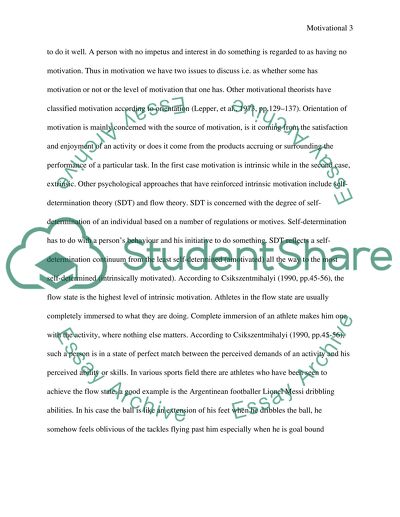Cite this document
(“Motivational theories in sports psychology Literature review”, n.d.)
Retrieved from https://studentshare.org/psychology/1393613-motivation
Retrieved from https://studentshare.org/psychology/1393613-motivation
(Motivational Theories in Sports Psychology Literature Review)
https://studentshare.org/psychology/1393613-motivation.
https://studentshare.org/psychology/1393613-motivation.
“Motivational Theories in Sports Psychology Literature Review”, n.d. https://studentshare.org/psychology/1393613-motivation.


